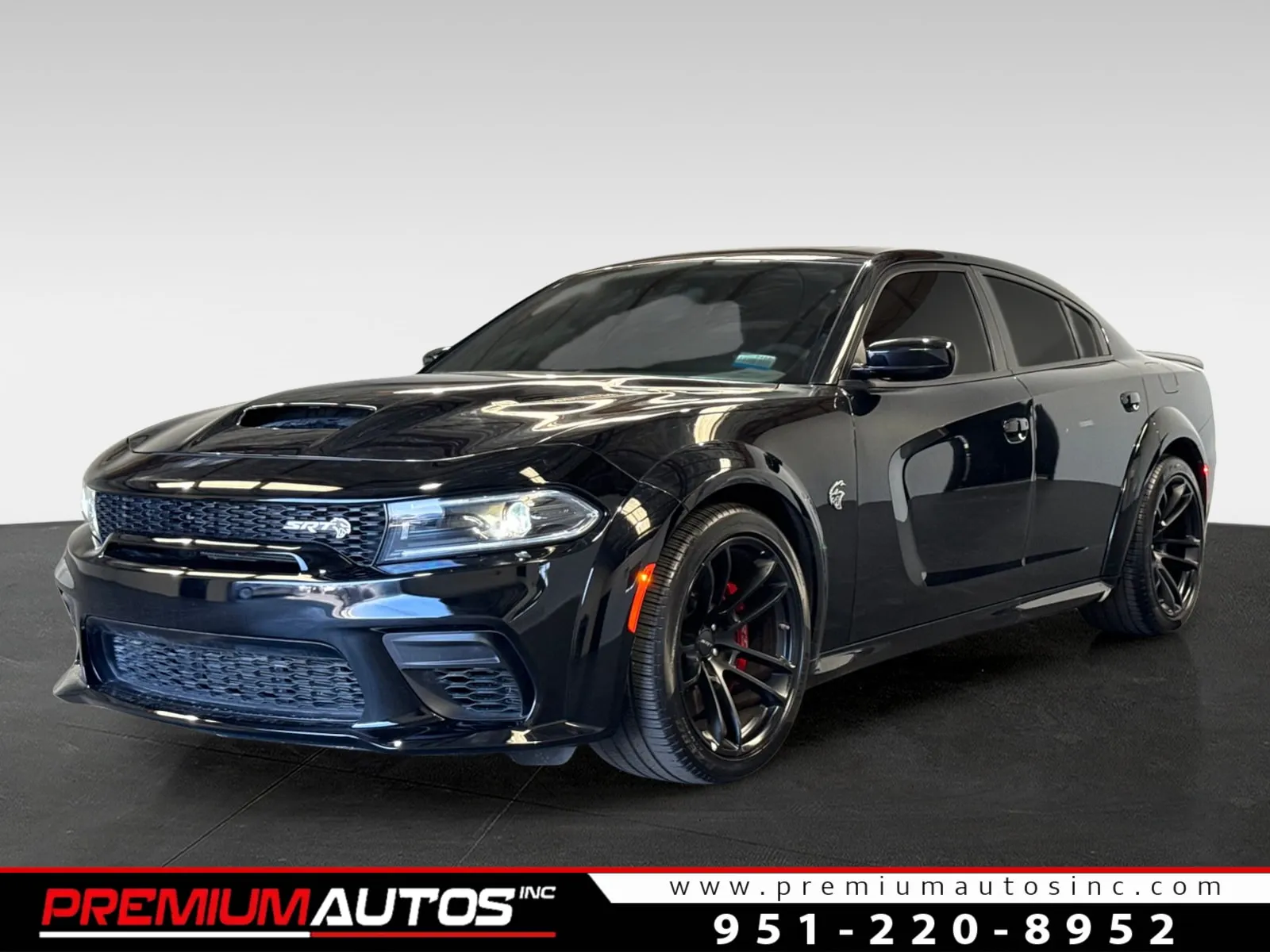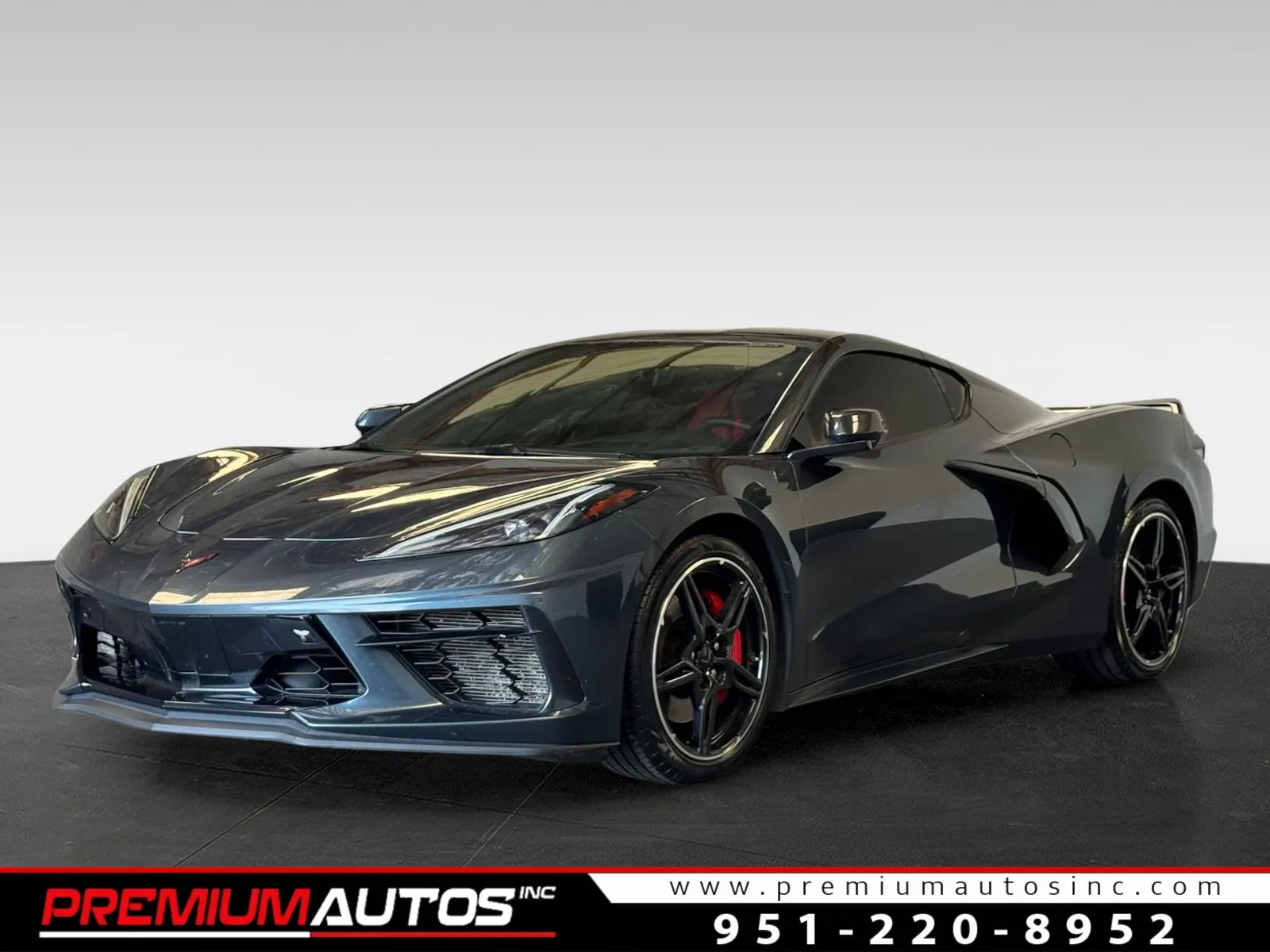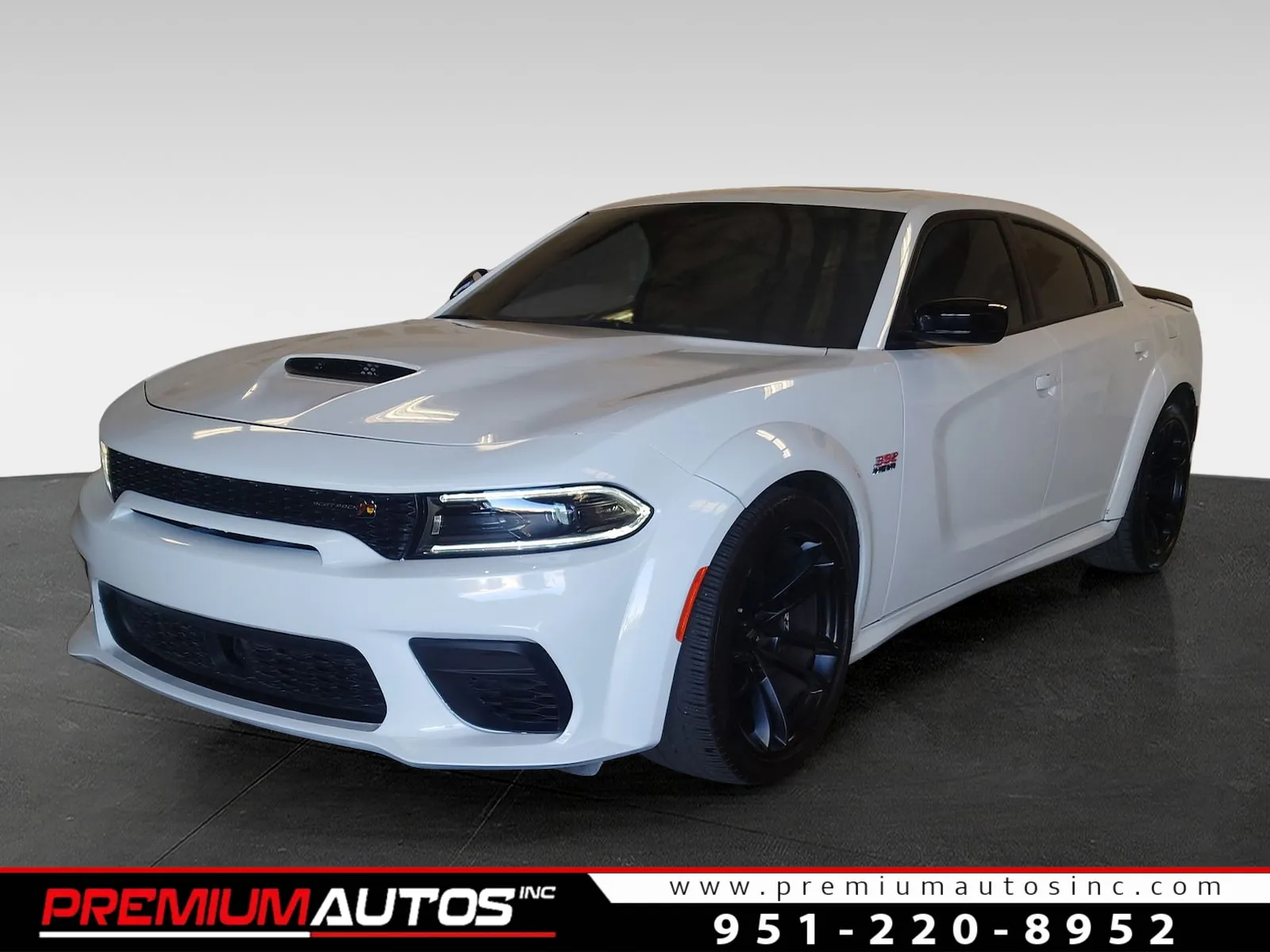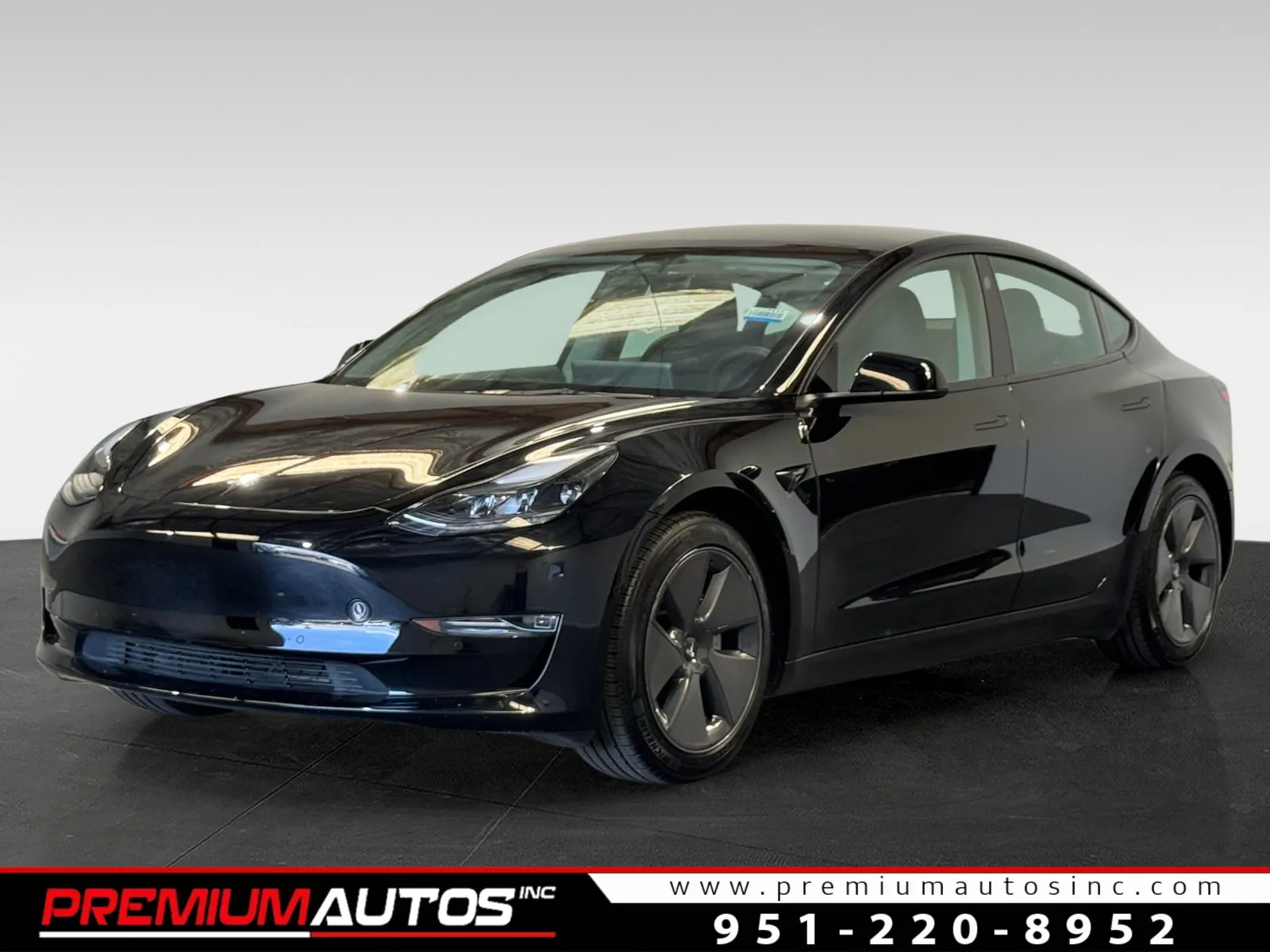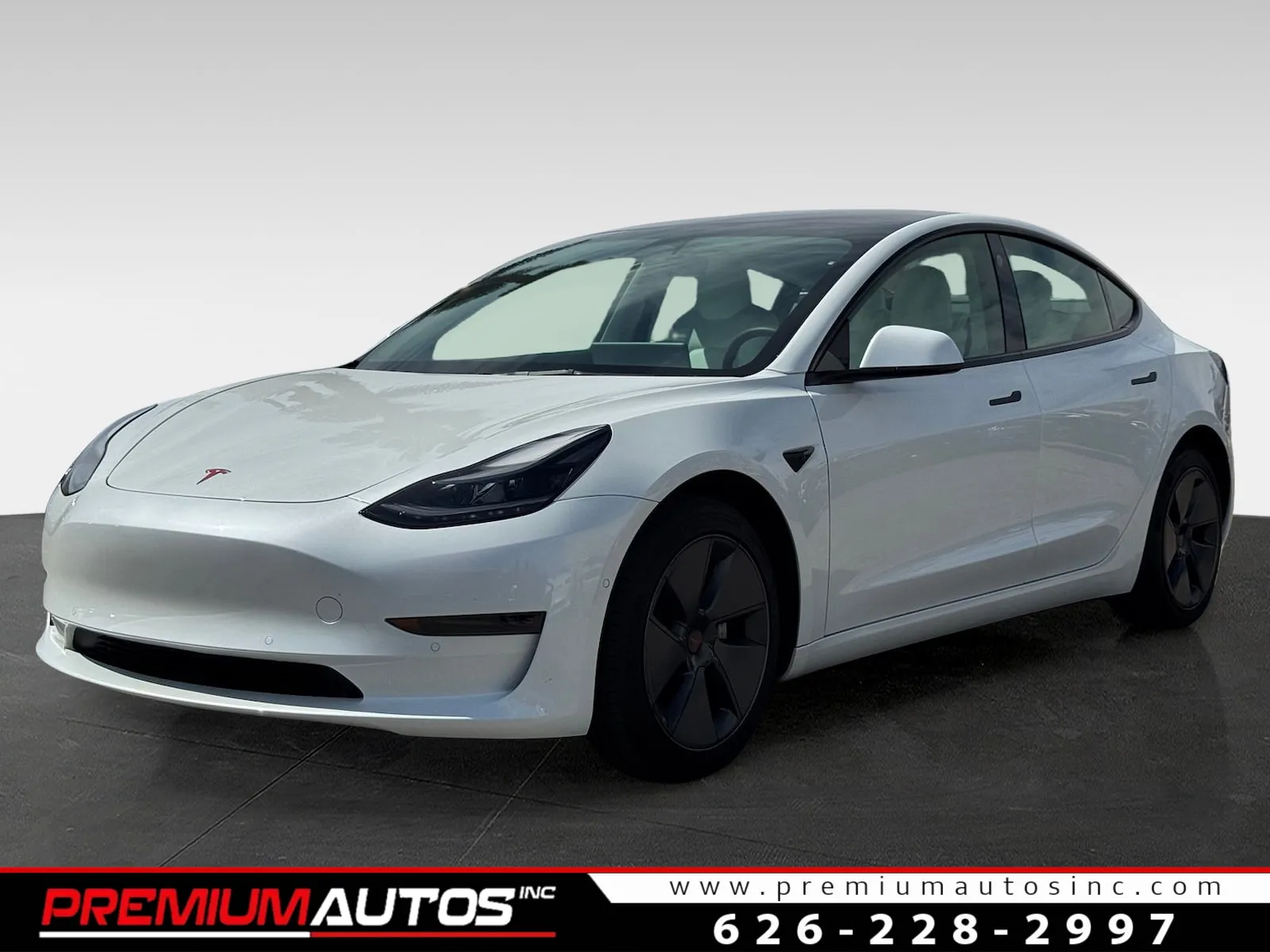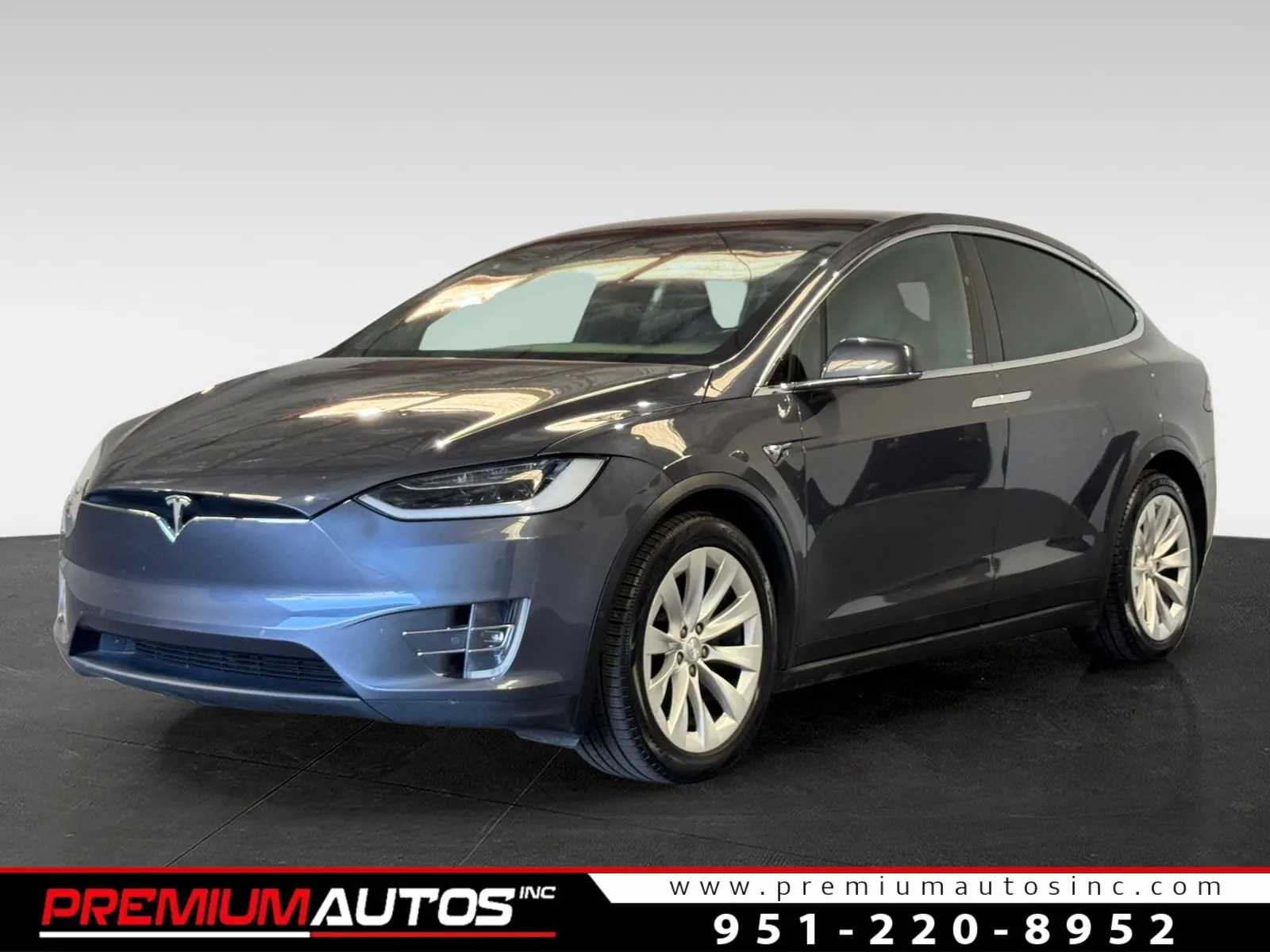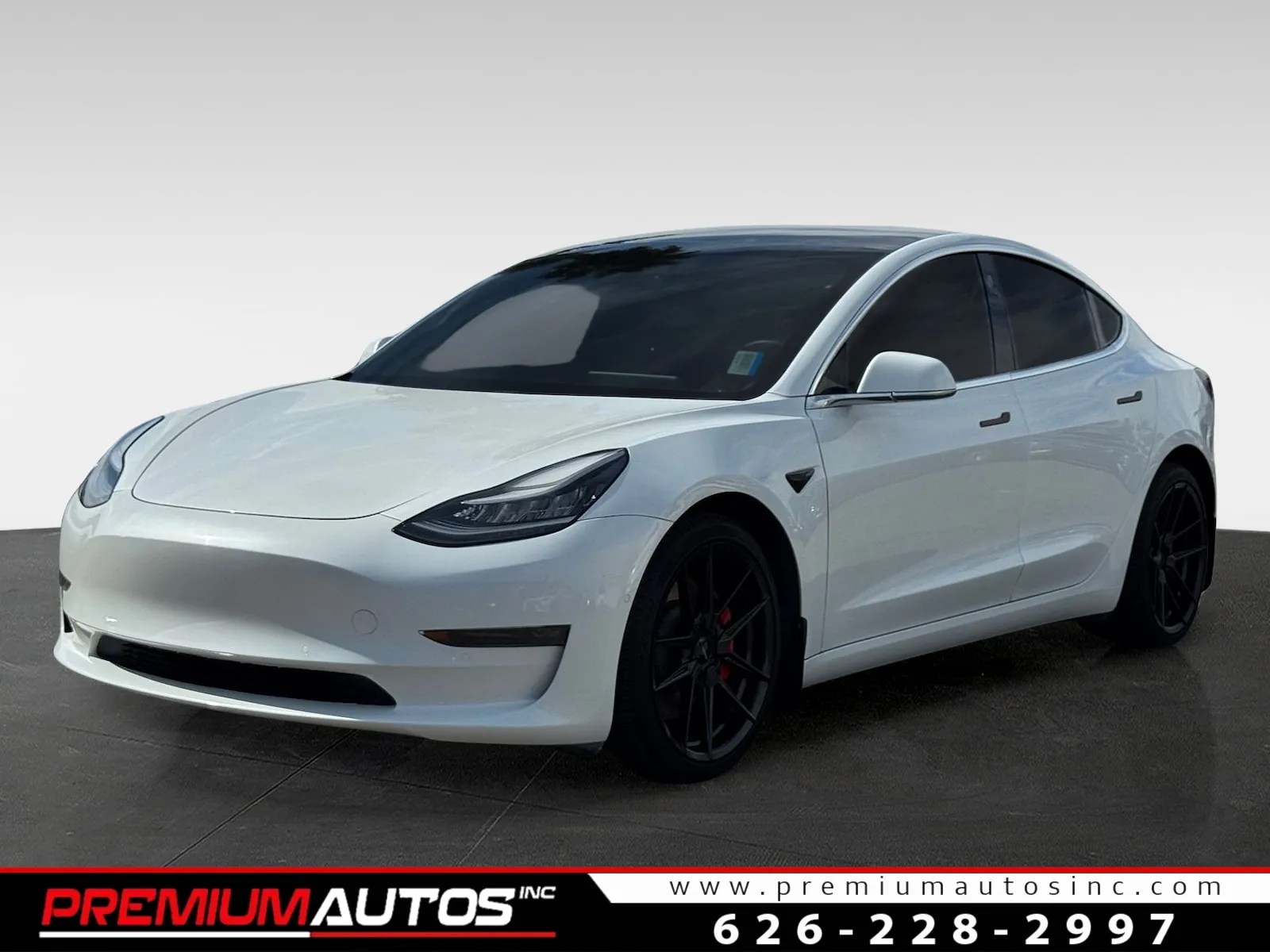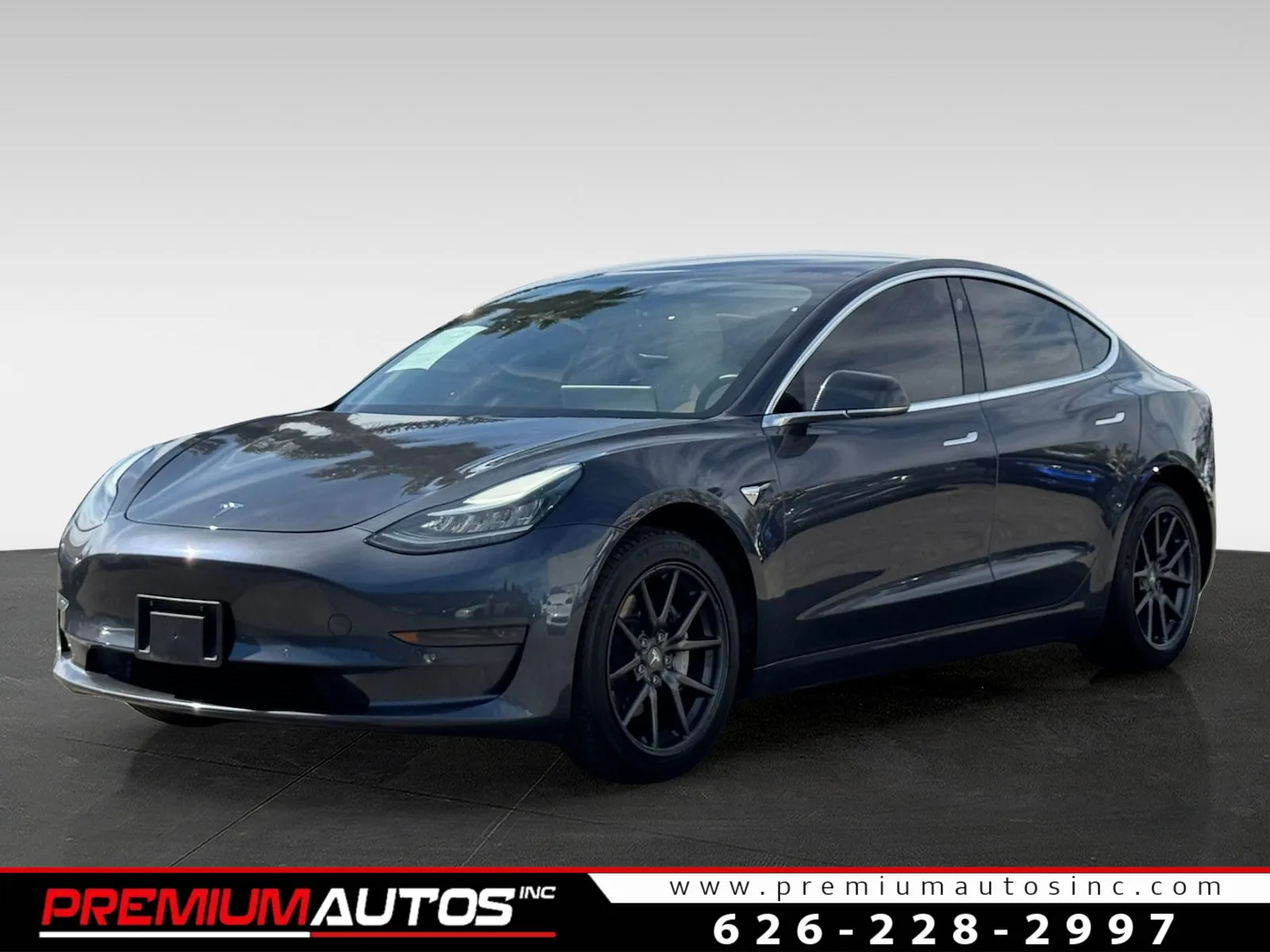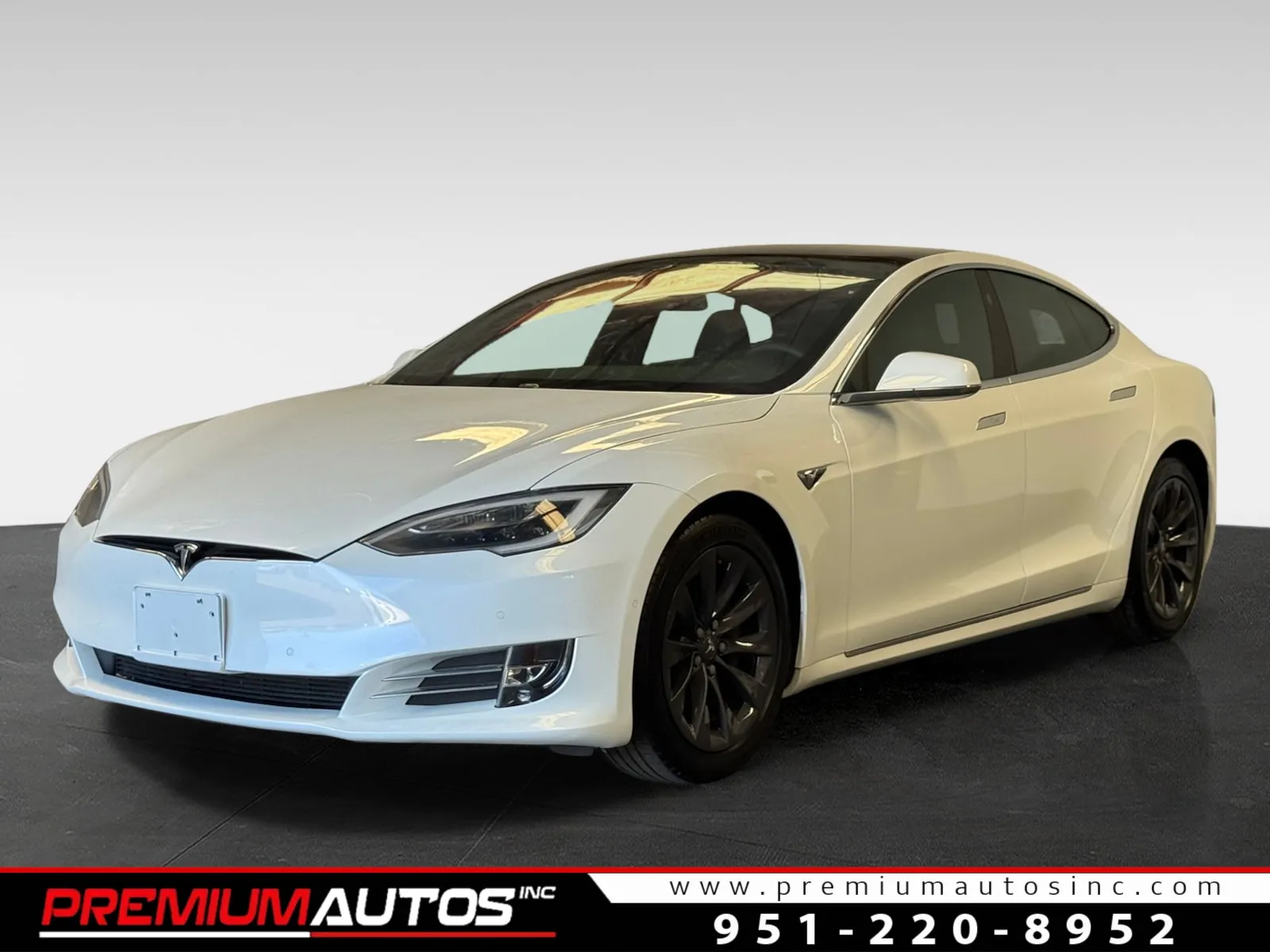Tesla Model 3 vs BMW i4: Used EV Comparison Guide
Tesla Model 3 vs BMW i4: Used EV Comparison Guide
Choosing between a used Tesla Model 3 and BMW i4 comes down to your priorities: tech-focused performance or refined luxury. Here's a quick overview:
-
Tesla Model 3:
-
Range: Up to 353 miles (Long Range variant).
-
Acceleration: 0-60 mph in 3.1 seconds (Performance trim).
-
Charging: Access to Tesla's Supercharger network (250 kW).
-
Interior: Minimalist design centered on a 15-inch touchscreen.
-
Cost: Lower annual maintenance and better efficiency (145 MPGe city).
-
-
BMW i4:
-
Range: Up to 301 miles (eDrive40).
-
Acceleration: 0-60 mph in 3.7 seconds (M50 trim).
-
Charging: Supports CCS fast charging (200 kW).
-
Interior: Luxurious materials, dual-screen setup, and tactile controls.
-
Cost: Higher maintenance but quieter, more spacious cabin.
-
Quick Comparison
| Feature | Tesla Model 3 | BMW i4 |
|---|---|---|
| Range | Up to 353 miles | Up to 301 miles |
| 0-60 mph | 3.1 seconds (Performance) | 3.7 seconds (M50) |
| Charging Speed | 250 kW (Supercharger) | 200 kW (CCS) |
| Interior Style | Minimalist, tech-heavy | Luxury, tactile |
| Annual Maintenance | $300-$500 | $600-$800 |
Key Takeaway:
-
Pick the Tesla Model 3 for better range, faster charging, and tech features.
-
Choose the BMW i4 for luxury, quieter rides, and a traditional driving experience.
Read on for a detailed breakdown of battery health, warranties, known issues, and tips for buying used EVs.
BMW i4 v Tesla Model 3 Review with Performance Test
Used EV Buying Basics
When buying a used Tesla Model 3 or BMW i4, it's important to focus on the unique factors that come with electric vehicles. Here's what you need to know to make a smart choice.
Battery Condition
The battery is the heart of any electric vehicle, so checking its health is a top priority.
Tesla Model 3 batteries typically retain about 90% of their capacity after 200,000 miles [1]. BMW i4 batteries, being newer, show an average annual degradation of about 2.3% [4]. Tesla owners can easily check the battery's State of Health (SOH) through the vehicle's touchscreen or third-party apps. For BMW i4, the ConnectedDrive app provides similar insights [1].
| Battery Health Indicator | Tesla Model 3 | BMW i4 |
|---|---|---|
| Minimum Capacity Threshold | 70% | 70% |
Warranty Status
Both Tesla and BMW offer warranties that can transfer to new owners, which is a big plus for used EV buyers.
-
Basic Warranty: 4 years or 50,000 miles for both vehicles.
-
Battery Warranty: 8 years, with Tesla covering up to 120,000 miles and BMW up to 100,000 miles. Both ensure the battery retains at least 70% of its original capacity.
-
Corrosion Protection: 12 years with unlimited mileage for both manufacturers.
These warranties provide peace of mind, especially when buying a used EV.
Charging Options
Charging compatibility is a key difference between these two models.
-
Tesla Model 3: Uses the North American Charging Standard (NACS), giving access to Tesla's extensive Supercharger network.
-
BMW i4: Uses the Combined Charging System (CCS), which works with networks like Electrify America and EVgo.
Other differences include:
-
Tesla's 250kW peak charging speed compared to BMW's 200kW.
-
Tesla's proprietary network vs BMW's access to multiple third-party charging stations.
These factors can affect how convenient charging will be, something we'll dive deeper into during our driving tests comparison.
Tesla Model 3: Used Model Review
The Tesla Model 3 has become a standout in the electric vehicle market. Its features and performance vary between model years and versions, offering potential buyers plenty to think about. Once you've checked the battery health (as discussed earlier), the car's performance details become a crucial factor.
Speed and Range Stats
The Model 3 comes in three main variants, each offering different performance levels. The Performance model is the fastest, reaching 0-60 mph in just 3.1 seconds and topping out at 162 mph. The Long Range version balances speed and distance, while the Standard Range Plus is ideal for everyday use.
| Variant (2021) | Range | 0-60 mph | Top Speed |
|---|---|---|---|
| Standard Range Plus | 263 miles | 5.3s | 140 mph |
| Long Range | 353 miles | 4.2s | 145 mph |
| Performance | 315 miles | 3.1s | 162 mph |
Software and Systems
Tesla's software stands out thanks to regular over-the-air updates, unlike competitors like the i4, which offer static features. Models from 2019 and 2020 include Enhanced Autopilot, offering lane-changing and self-parking capabilities. However, cars built before April 2019 lack hardware support for Full Self-Driving upgrades [7].
Since 2020, newer models have added features like Netflix and YouTube streaming to the infotainment system. While all Model 3s get software updates, older hardware may limit access to some newer functionalities.
Known Problems
Some early models (2017-2019) have reported issues like screen discoloration, control arm wear, and brake caliper problems. Fortunately, these are usually covered under warranty [2].
When buying a used Model 3, inspect for panel gaps and paint quality. Tesla's manufacturing has improved over the years, so newer models tend to be more reliable. These aspects differ from BMW's focus on drivetrain durability, which we’ll delve into next.
sbb-itb-66f4901
BMW i4: Used Model Review

BMW's i4 stands out in the electric vehicle market by combining its well-known luxury and driving experience with modern EV technology. Unlike Tesla's focus on constant software updates, the i4 emphasizes a balance between cutting-edge electric performance and the comfort you'd expect from a premium sedan. As BMW's first fully electric sedan, it brings a fresh option to the used EV market.
Power and Range Options
The BMW i4 comes in three versions, each catering to different driving styles and needs. The eDrive40 is the go-to model for range, offering 335 horsepower and up to 301 miles per charge. For those who crave speed and performance, the M50 delivers a thrilling 536 horsepower, though its range drops to 270 miles. The eDrive35, introduced in 2023, offers a more affordable option with 281 horsepower and a 282-mile range.
| Model | Power Output | EPA Range | Battery Capacity |
|---|---|---|---|
| eDrive35 | 281 hp | 282 miles | 70.2 kWh |
| eDrive40 | 335 hp | 301 miles | 83.9 kWh |
| M50 | 536 hp | 270 miles | 83.9 kWh |
Interior and Features
Inside, the i4 stays true to BMW's reputation for luxury while embracing modern technology. The highlight is a curved display that merges a 12.3-inch digital instrument cluster with a 14.9-inch infotainment screen powered by iDrive 8[1]. Unlike Tesla's minimalist, screen-only approach, BMW includes tactile controls, which appeal to those who prefer a more traditional luxury feel.
The cabin offers more space for shoulders and legs compared to Tesla's Model 3, and it's finished with high-end materials. Standard features include wireless Apple CarPlay, Android Auto, dual-zone climate control, and an optional Harman Kardon surround sound system[5].
Known Problems
While Tesla has faced criticism for build quality, BMW's i4 issues are more software-related. Early models experienced occasional glitches, such as infotainment freezes and charging hiccups. These problems are typically resolved through software updates, so checking the update history via BMW service records is essential.
When inspecting a used i4, pay attention to battery management updates and brake pedal responsiveness. Software fixes have addressed most issues, but ensuring all updates are installed will save potential headaches[6].
Model 3 vs i4: Side-by-Side Comparison
Driving and Range Tests
When it comes to performance, these two EVs cater to different preferences. The Model 3 Performance sprints from 0 to 60 mph in just 3.1 seconds, while the i4 M50 takes 3.7 seconds[1][3]. Both are more than fast enough for everyday driving, but Tesla edges out in raw acceleration.
Range testing highlights some interesting differences. The Model 3 Long Range, while rated at 358 miles by the EPA, delivers about 322 miles in mixed driving conditions during real-world tests[1]. On the other hand, the i4 eDrive40 exceeds its EPA rating of 301 miles, achieving around 315 miles in similar conditions[1][5].
Fast charging is another area where the Model 3 leads. Tesla adds 175 miles in just 15 minutes, while the BMW i4 adds 108 miles in 10 minutes using fast chargers[1][3].
Running Costs
The cost of ownership varies notably between these two EVs:
| Expense Category | Tesla Model 3 | BMW i4 |
|---|---|---|
| Annual Maintenance | $300-$500 | $600-$800 |
| Insurance (Full Coverage) | $2,200-$2,600 | $2,400-$2,800 |
| Efficiency (MPGe city/highway) | 145/128 | 117/114 |
Thanks to its better efficiency, the Model 3 generally has lower charging costs compared to the i4[3].
Price Retention
Depreciation patterns show some divergence as well. Over three years, the Tesla Model 3 depreciates by roughly 39.1%[9]. Initial data suggests the i4 may see depreciation in the range of 40-45% during the same timeframe[8].
Several factors influence these trends:
- Tesla's frequent software updates, which keep older models appealing in the used market.
For certified pre-owned (CPO) options, BMW's program often includes more detailed inspections and extended warranties. However, these benefits come with higher price tags compared to used Model 3s[7].
Which EV to Choose
When deciding between cutting-edge EV performance and refined luxury, your choice will depend on your priorities. The Tesla Model 3 stands out with a 358-mile range and a lightning-fast 0-60 mph acceleration of 3.1 seconds in its Performance trim. On the other hand, the BMW i4 delivers precise steering and consistent build quality, highlighted by its panel gap tolerances and smooth driving dynamics (as noted in Driving Tests).
Buyer's Checklist
Consider your driving habits and match them to these scenarios:
| Use Case | Best Option | Why It Works |
|---|---|---|
| Frequent Highway Use | Tesla Model 3 | Extensive Supercharger network and longer range |
| Luxury Experience | BMW i4 | High-end materials and quieter cabin |
| Value Retention | Tesla Model 3 | Better resale value over time |
| City Commuting | BMW i4 | Standard adaptive suspension on M50 models |
When considering pre-owned options, ensure service records align with key factors outlined in Used EV Buying Basics.
Where to Buy in Southern California
Premium Autos Inc, with branches in Norco and El Monte, specializes in used Tesla and BMW EVs. Each vehicle undergoes a 150-point inspection covering battery health and software. They also provide detailed history reports and financing options.
Here’s what you can expect at each location:
-
Norco Location: Typically offers more Tesla Model 3 inventory, reflecting higher EV adoption rates in the Inland Empire.
-
El Monte Branch: Focuses on luxury vehicles like the BMW i4, catering to a premium market.
Both locations offer trade-in services and can assist with determining eligibility for California's used EV incentives. Be sure to check the vehicle’s service history and battery warranty status before making a purchase.
FAQs
Here are clear answers to some common questions buyers often ask:
Which is better, the BMW i4 or the Tesla Model 3?
It really comes down to what you value most. Here's a quick breakdown:
Go with the Tesla Model 3 if you want:
-
A tech-heavy, minimalist interior design
-
Access to Tesla's extensive Supercharger network
-
Advanced Autopilot features
-
Built-in entertainment options
Pick the BMW i4 if you prefer:
-
High-end materials and better sound insulation
-
Physical controls paired with a dual-screen setup (14.9-inch infotainment and 12.3-inch digital cluster) [3]
-
Classic BMW driving feel, as highlighted in our driving tests
-
Seamless Apple CarPlay and Android Auto integration
For daily commutes or road trips, the Model 3 stands out thanks to its Supercharger network. Meanwhile, the i4 shines with its luxurious interior and traditional build quality, as described in the Interior and Features section.
When thinking about long-term ownership, Tesla offers over-the-air updates, while BMW provides a strong dealer support network. Some buyers may lean toward BMW's established service system, while others might appreciate Tesla's software-driven approach.
What should I check when buying a used Model 3 or i4?
Focus on these key areas:
-
Battery health reports and warranty status (check out our Used EV Buying Basics guide).
-
For the Model 3, review its software update history.
-
For the BMW i4, make sure the iDrive system is functioning properly.
For more detailed guidance, refer to our Buyer's Checklist, which covers various scenarios and recommendations.


